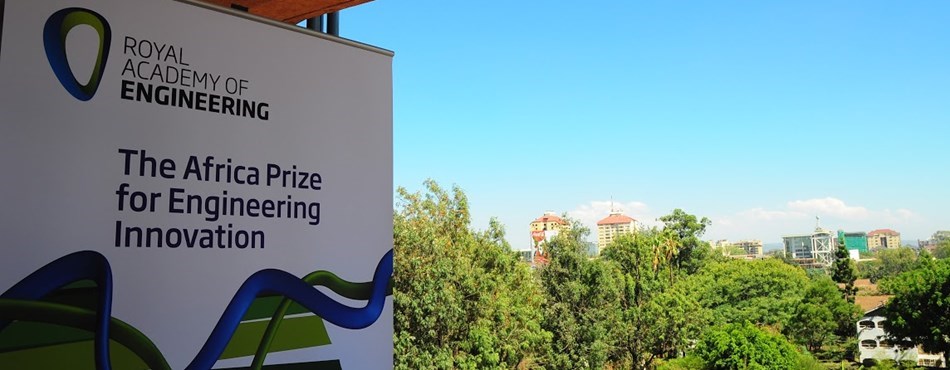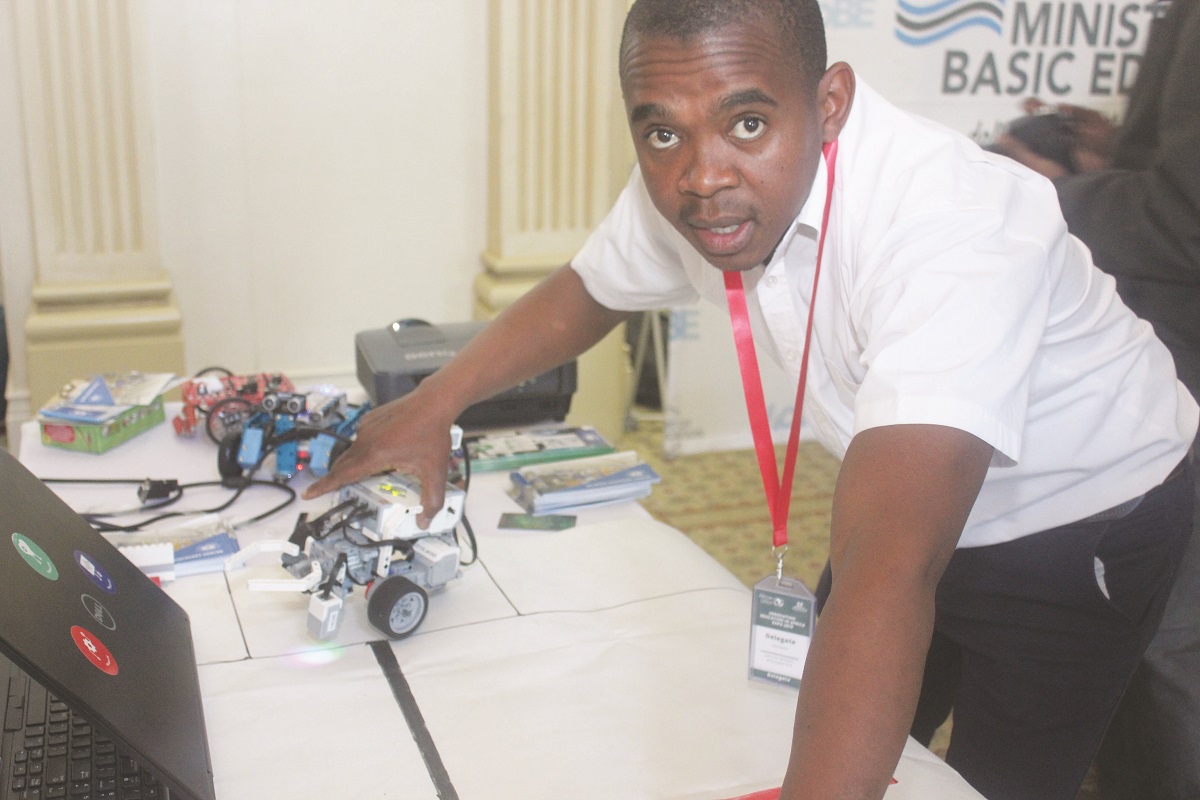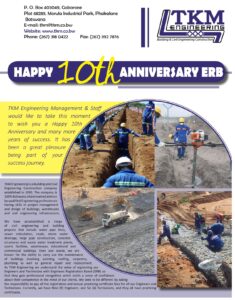BIUST to turn Palapye into a smart city

The Botswana International University of Technology has to be one of the most promising universities in Southern Africa. The University has over 2000 students enrolled in different technology and Engineering degrees. The Vice Chancellor Professor Otlogetswe Totolo is more optimistic and enthusiastic than ever over the prospect of the University. At the last graduation ceremony, he told the guests that quality and maintenance of high academic standards is the main currency of the University on which it builds its reputation and its long term future. Such a vision speaks volumes in terms of the future of the university and quality of graduates that will come from this now reputable institution. The Vice Chancellor on the sidelines with Engineer Magazine spoke more on what he knows the university can do for Palapye and the country. Palapye is located halfway between Francistown and Gaborone and has a total population of 36,211 (2011)
“We want Palapye to be a smart city in terms of green technology. The things that we do at the university here in Palapye should be completed differently from any other town in this country because of the presence of BIUST. In the next ten years Palapye should have turned into a smart city through remote sensing and geographic information. We want to map all the roads and lanes in Palapye. Why are we doing that ? it is because we want every place to be geo- referenced and when its geo-referenced with the modern technologies we are developing such as the Internet of Things (IoTs) and the 4th Industrial Evolution use of drones . I should be able to deliver medicines, let’s say to old people in Palapye who stay where they cannot go to the clinic. I should be able to deliver medicines to them because everything is now geo-referenced. Without geo- referencing that is not going to be possible so Palapye is going to be turned into a smart city. And because of the many activities that take place at BIUST it will be possible.” he said.
Steps are being taken by BIUST to make it internationally relevant and standard. This being the future construction of a new state-of-the-art Library building, Student Centre, Dining Hall and expansion of two main Faculty classrooms, research laboratories, data centers and an auditorium.
Totolo spoke on geo-referencing.It is the process of assigning real-world coordinates to each pixel of the raster. Many times these coordinates are obtained by doing field surveys – collecting coordinates with a GPS device for few easily identifiable features in the image or map.
In that respect it is best to define a smart city. A smart city is a designation given to a city that incorporates information and communication technologies (ICT) to enhance the quality and performance of urban services such as energy, transportation and utilities in order to reduce resource consumption, wastage and overall costs. Smart cities have been emerging mostly in developed countries such as New York and London. Santander in Spain is perhaps one of the world’s first real smart cities.
New York is one of the most developed smart cities in the world. It uses 1 billion gallons of water each day. As part of its smart city plan, the city’s Department of Environmental Protection is deploying a large-scale Automated Meter Reading (AMR) system to get a better snapshot of water consumption, while giving customers a useful tool to check their water use each day. The city has also turned to big-belly solar powered “smart” bins which monitor trash levels and ensures waste pick-up is scheduled regularly.
In Africa Konza Techno City in Kenya has a new merging smart city coupled with a global technology hub with cutting edge technologies in education, business process outsourcing, information technology enabled services, telecommunications and life sciences.
If Prof. Totolo attests that Palapye and Botswana can do it, then the future is brighter than ever for Batswana because of the benefits that come with having a smart city. These include use of data and technology to create efficiencies, improve sustainability, create economic development, and enhance quality of life factors for people living and working in the city.








